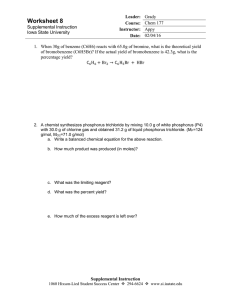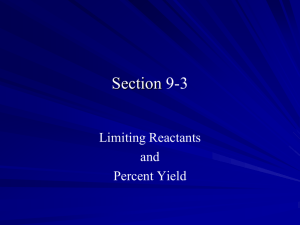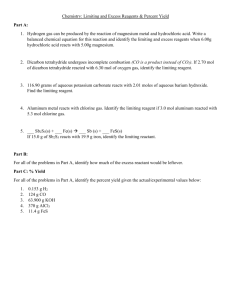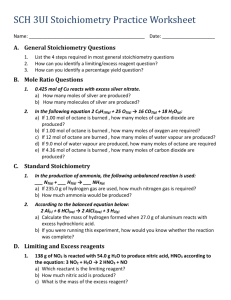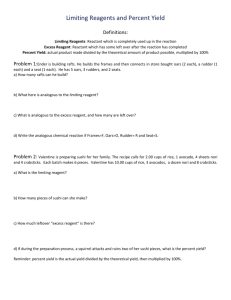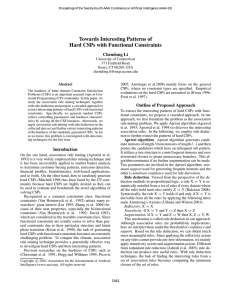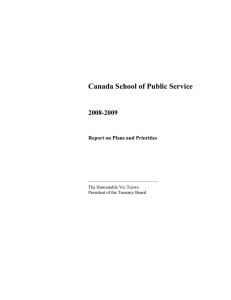limiting reactant
advertisement
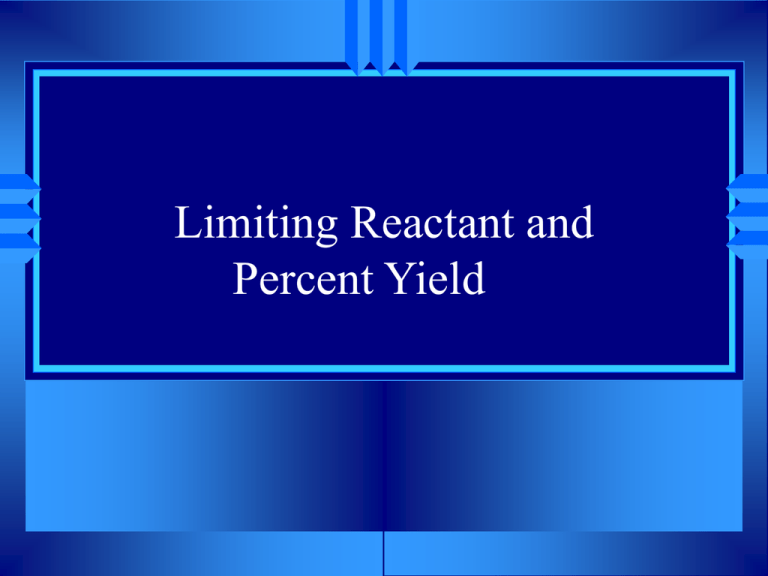
Limiting Reactant and Percent Yield Limiting Reagent If you are given one dozen loaves of bread, a gallon of mustard and three pieces of salami, how many salami sandwiches can you make. The limiting reagent is the reactant you run out of first. The excess reagent is the one you have left over. The limiting reagent determines how much product you can make Example 2H2 + O2 → 2H2O Suppose 2 moles of hydrogen pass through 2 moles of oxygen 1 mole of oxygen will be extra and not used up in the reaction The substance which is completely consumed is called the limiting reactant How do you find out? Do two stoichiometry problems. The one that makes the least product is the limiting reagent. For example Copper reacts with sulfur to form copper ( I ) sulfide. If 10.6 g of copper reacts with 3.83 g S how much product will be formed? If 10.6 g of copper reacts with 3.83 g S. How many grams of product will be formed? Cu is 2Cu + S Cu2S Limiting 1 mol Cu2S 159.16 g Cu2S 1 mol Cu Reagent 10.6 g Cu 63.55g Cu 2 mol Cu 1 mol Cu2S = 13.3 g Cu2S 1 mol S 3.83 g S 32.06g S 1 mol Cu2S 159.16 g Cu2S 1 mol S 1 mol Cu2S = 19.0 g Cu2S Your turn If 10.1 g of magnesium and 4.67g of HCl gas are reacted, how many grams of gas will be produced? How much excess reagent remains? Your Turn II If 10.3 g of aluminum are reacted with 51.7 g of CuSO4 how much copper will be produced? How much excess reagent will remain? Yield The amount of product made in a chemical reaction. There are three types Actual yield- what you get in the lab when the chemicals are mixed Theoretical yield- what the balanced equation tells you you should make. Percent yield = Actual x 100 % Theoretical Example 6.78 g of copper is produced when 3.92 g of Al are reacted with excess copper (II) sulfate. 2Al + 3 CuSO4 Al2(SO4)3 + 3Cu What is the actual yield? What is the theoretical yield? What is the percent yield? Details Percent yield tells us how “efficient” a reaction is. Percent yield can not be bigger than 100 %.

